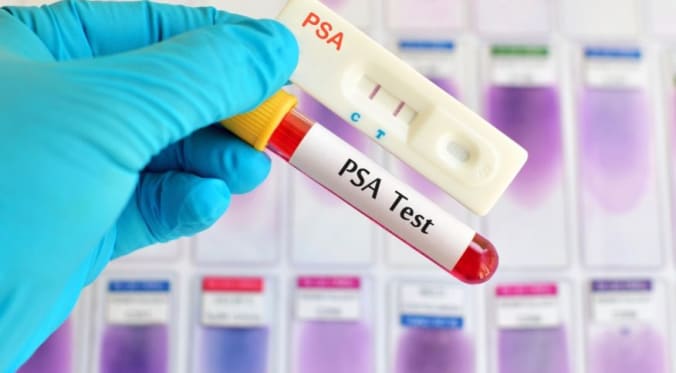What are Some Other Causes of a High PSA?

First, what does PSA mean?
So you’ve had your PSA test, and it came back high. Your doctor did a DRE and ran a few more tests, and assures you that prostate cancer is very unlikely. Still, you’re worried. What are some other causes of a high PSA?
PSA: prostate specific antigen is a protein made by prostate cells. A healthy prostate releases only small amounts of this protein into the bloodstream, but when some cancer has begun to develop, the affected cells pump out more. A simple blood test can detect PSA and is used as a screening test for prostate cancer.
DRE: digital rectal exam. A prostate in which cancer has begun to grow may change in size and shape. In this exam, a doctor inserts a lubricated, gloved finger about two inches into the rectum and assesses the prostate. Men may be uncomfortable with the idea of this test, but in reality, it takes less than a minute.
The PSA test, and, if needed, the DRE, are your best defense against prostate cancer—which is highly treatable when caught at an early stage.
High PSA? Here are 7 common things that can affect your PSA level
1. Age
Older men’s normal PSA levels run a little higher than those of younger men. Normal levels also tend to vary a little between different ethnic groups.
Your doctor will evaluate your test results, factor in your age, ethnicity, and any other relevant factors, and let you know whether your results suggest more testing.
2. Prostate size
Because PSA is naturally produced at a very low level by the healthy prostate, a man with a larger-than-usual prostate may have a higher-than-usual PSA level. Your doctor will be able to detect this with a DRE, and will take this into consideration when looking at your PSA test results.
3. Prostatitis
Prostatitis is a painful condition in which the prostate is inflamed, swollen, and tender. It is often caused by a bacterial infection, though sometimes the cause is unknown. In some cases, an elevated PSA level may be another effect of this condition.
4. Benign prostatic hyperplasia (BPH)
Different from simply having a larger-than-usual prostate, BPH is an enlarged prostate. It’s common among men over 50, and it may make urination or ejaculation difficult, which could send you to the doctor to have it checked. Along with the swelling, a prostate with BPH may produce more PSA than usual. Your doctor may recommend additional tests to confirm BPH.
5. Urinary tract infection or irritation
An infection of the urinary tract, as well as irritation caused by medical procedures involving the urethra or bladder, may irritate the prostate and cause it to produce more PSA. If you have experienced any of these, be sure to let your doctor know. You’ll need to give the area some time to heal and calm down before running a PSA test.
6. Prostate stimulation
Any prostate stimulation can trigger the release of extra PSA. This can include ejaculation and vigorous exercise, especially bike riding – but even having a DRE can raise PSA levels. For this reason, doctors usually draw blood before performing the DRE to avoid affecting the PSA test results.
7. Medications
Some medications can artificially lower the PSA, such as finasteride (Proscar or Propecia) or dutasteride (Avodart). Be sure to remind your doctor of any and all medications you may be taking, so they can factor them in when assessing your PSA test results.
PSA levels can fluctuate, and they can be influenced by a number of different factors. Your normal PSA levels might just be a little higher than most men in your demographic category. The important thing is that you’re aware of what’s going on with your body, and that you discuss the possible factors with your doctor. This will help both of you to realistically assess your test results and monitor them over time.









